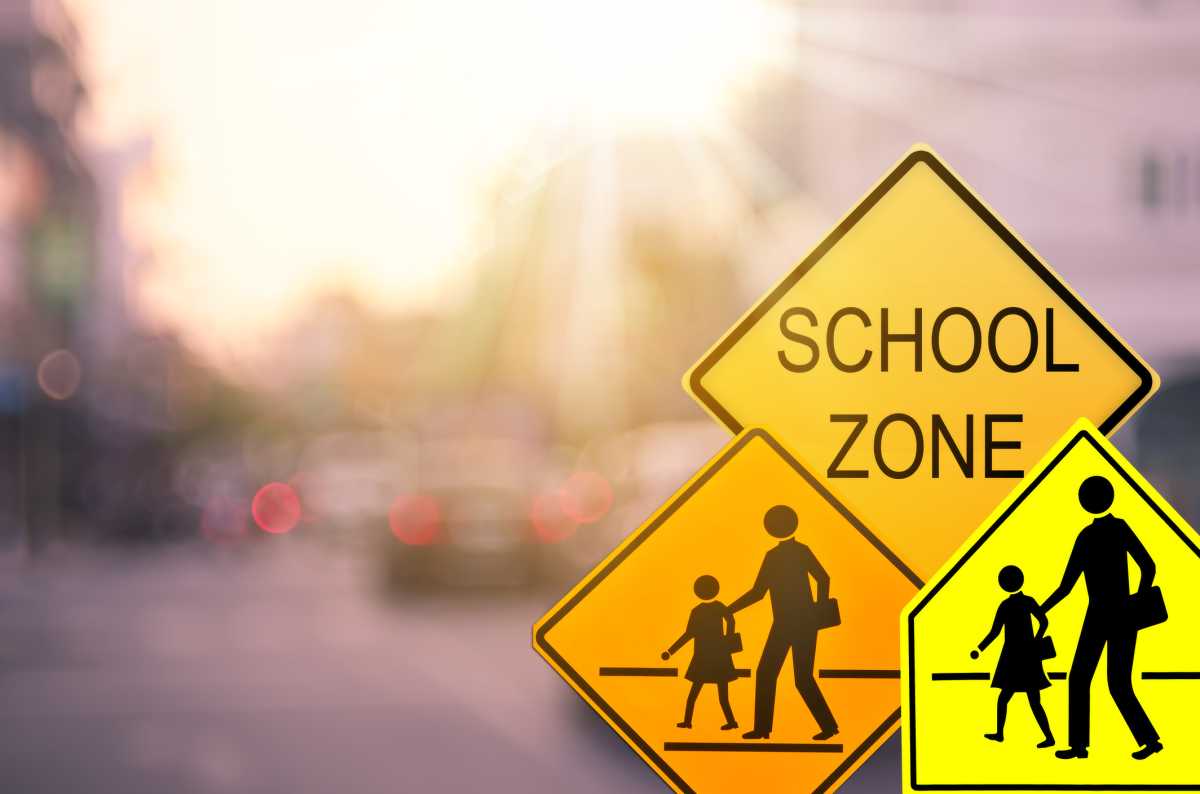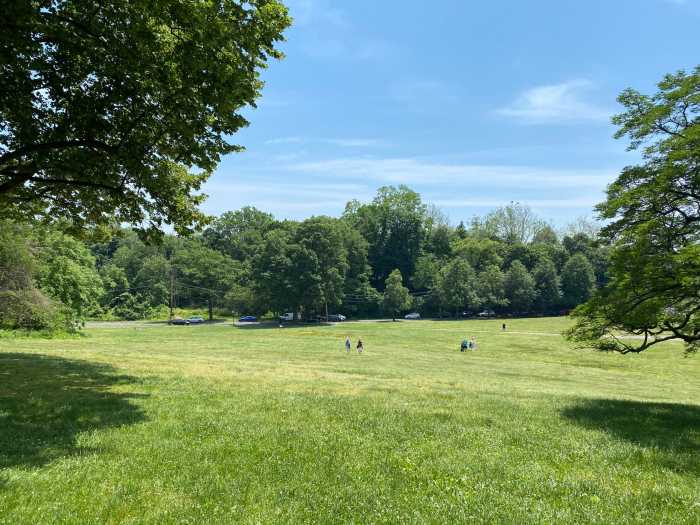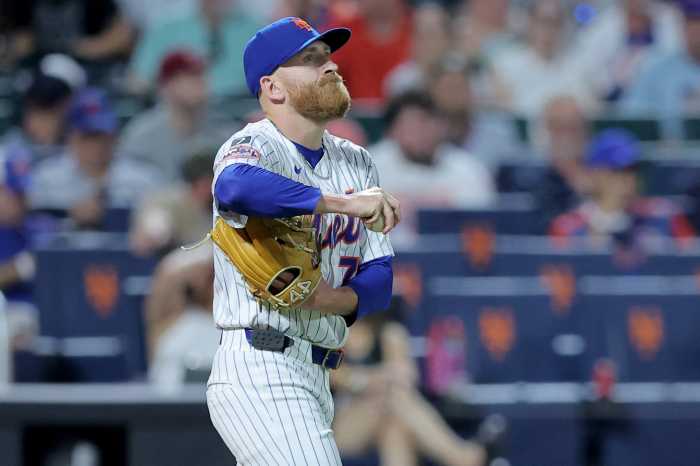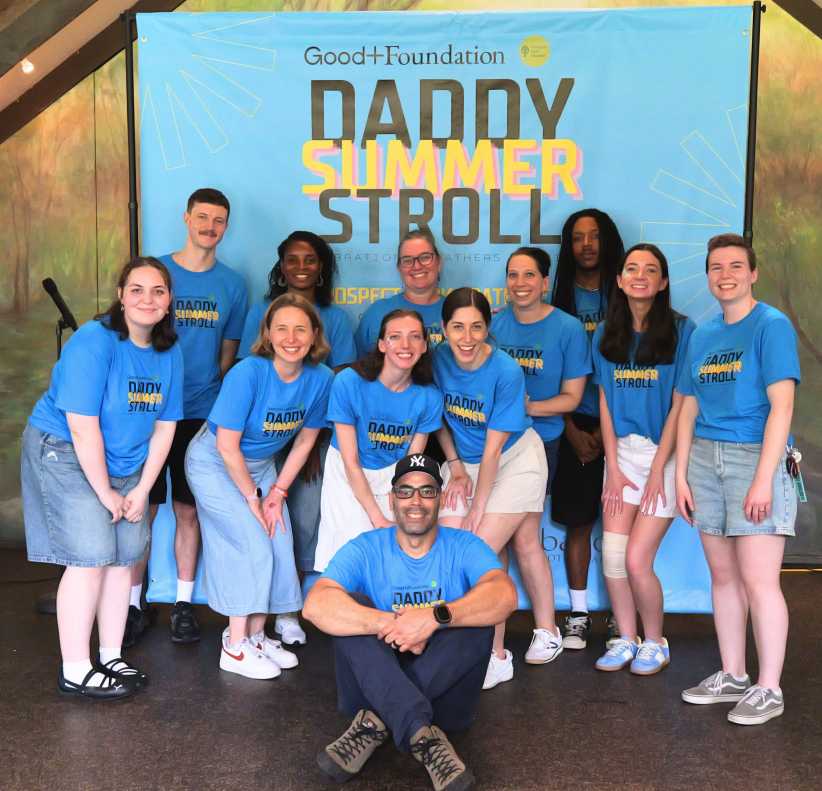Discussions about how to ensure the safety of students were among the key talking points during the Community District Education Council 26 virtual meeting on Wednesday, April 13.
The discussions follow last month’s incident in which a Cardozo High School student shot a fellow student blocks away from the school, as well as the subway shooting in Brooklyn earlier in the week.
Among the main school safety conversations brought up during the meeting was the possibility of adding more school safety agents, allowing more police officers to patrol near the schools and keeping weapons away from students. New York City Department of Education (DOE) Security Director Mark Rampersant attended the virtual meeting and was able to provide insight and clarity.
According to Rampersant, the shortage in trained school safety officers has forced Cardozo High School to only have one on hand.
“We tried very hard to get more agents,” Rampersant said. “The shortage of agents means nothing can be done yet.”
With another class of potential safety agents scheduled to graduate in two weeks, there is a possibility that another agent could be added, but there’s no guarantee, according to Rampersant.
In the meantime, whenever the school safety agent leaves the front desk to go on their lunch break or the bathroom, a school aide trained in radio communication covers the post.
While the district’s schools don’t have police officers patrolling inside school grounds, Rampersant noted that officers frequently patrol nearby streets outside the schools. Additionally, in response to the shooting that took place near Cardozo High School last month, scanners were used at the school for a brief period of time.
According to Rampersant, 1,000 weapons and dangerous instruments have been found across the 1,700 to 1,800 schools in New York City from the 2018-19 school year. Since then, that number has since ballooned to 5,000.
“We’re living in some serious times,” Rampersant said.
Rampersant noted that in many of those instances, the parent or guardian of the student told the school and police that they gave the student the weapon as a means of protection, usually for going to and from school.
“All of those items are illegal in the school,” Rampersant said. “So how do you expect the principal not to take action?”
Rampersant said he has spoken with DOE officials about ways to better make the community and schools safer and eliminate the thought from parents or guardians of giving their kids a weapon for protection. One idea was to find the areas in which kids didn’t feel safe so the community can try to improve them.
Another was incorporating the community, trying to ensure the people living and walking around there remain tight-knit and keep each other informed about the goings-on there. They also talked about educating parents and guardians about the harm these weapons can do, especially in the hands of kids, Rampersant said.
One recommendation, made by DOE member Cassandra Louie, was to incorporate bystander intervention training for the community and students, particularly in the middle and high schools. These classes would provide attendees with both verbal and behavioral de-escalation strategies in response to witnessing threats or acts of violence.
The DOE and Rampersant encouraged those living or working near schools to become part of the school community. “If there’s something happening outside [the school], there should be a direct pipeline to the principal,” Rampersant said. “The more we’re able to be equipped and include our community in our schools, the better equipped we will be to ensure safety and security.”




































